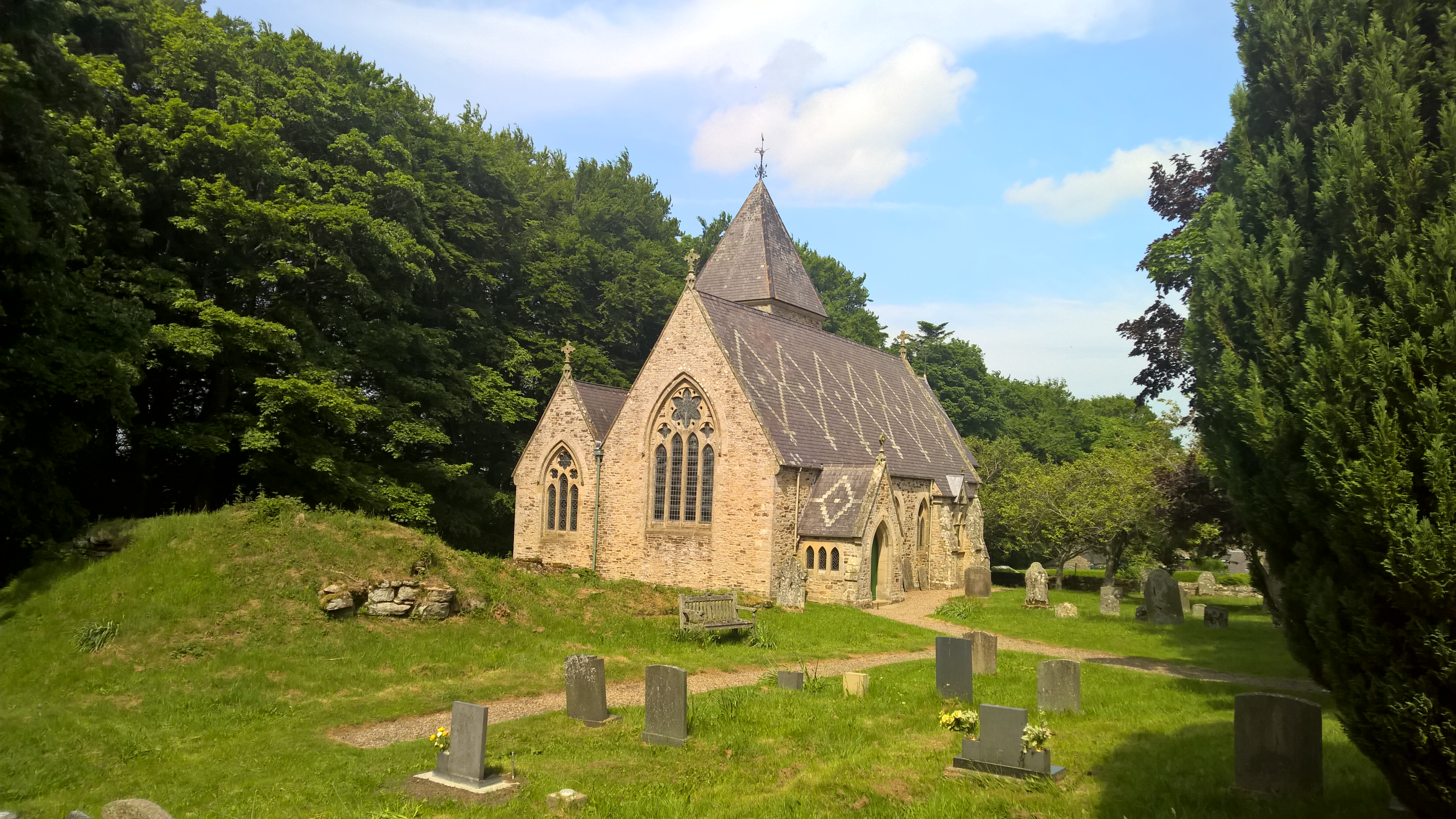Hunstanworth on:
[Wikipedia]
[Google]
[Amazon]
 Hunstanworth is a small village in
Hunstanworth is a small village in
 Hunstanworth is a small village in
Hunstanworth is a small village in County Durham
County Durham ( ), officially simply Durham,UK General Acts 1997 c. 23Lieutenancies Act 1997 Schedule 1(3). From legislation.gov.uk, retrieved 6 April 2022. is a ceremonial county in North East England.North East Assembly â€About North East E ...
, England. It is situated approximately 10 miles to the west of Consett
Consett is a town in County Durham, England, about south-west of Newcastle upon Tyne. It had a population of 27,394 in 2001 and an estimate of 25,812 in 2019.
History
Consett sits high on the edge of the Pennines. Its' name originates in the ...
, south-west of the village of Blanchland
Blanchland is a village in Northumberland, England, on the County Durham boundary. The population of the civil parish at the 2011 census was 135.
Set beside the river in a wooded section of the Derwent valley, Blanchland is an attractive small ...
. The population of the village as taken at the 2011 Census was 116.
Listed in the Boldon Book
The Boldon Book (also known as the Boldon Buke) contains the results of a survey of the bishopric of Durham that was completed on the orders of Hugh du Puiset, Bishop of Durham, in 1183, designed to assist the administration of the vast diocesan e ...
(1183), “Robert Corbet held Hunstanworth by forest service, as is expressed in his charter of inheritance”. Other nearby lands where held by the Hospital of St Giles at Kepier to which Corbet settled his whole estate. The Hospital held the lands until the dissolution
Dissolution may refer to:
Arts and entertainment Books
* ''Dissolution'' (''Forgotten Realms'' novel), a 2002 fantasy novel by Richard Lee Byers
* ''Dissolution'' (Sansom novel), a 2003 historical novel by C. J. Sansom Music
* Dissolution, in mu ...
when they were passed to William Paget William Paget may refer to:
* William Paget, 1st Baron Paget (1506–1563), English statesman
*William Paget, 4th Baron Paget de Beaudesert (1572–1629), English colonist
*William Paget, 5th Baron Paget (1609–1678), English peer
* William Paget, ...
.
The church, dedicated to St James the Less, was built in 1781 on a medieval site. The village was designed and built around the original parish church. The Reverend Daniel Capper commissioned architect
An architect is a person who plans, designs and oversees the construction of buildings. To practice architecture means to provide services in connection with the design of buildings and the space within the site surrounding the buildings that h ...
Samuel Sanders Teulon
Samuel Sanders Teulon (2 March 1812 – 2 May 1873) was an English Gothic Revival architect, noted for his use of polychrome brickwork and the complex planning of his buildings.
Family
Teulon was born in 1812 in Greenwich, Kent, the son of a ...
to create the village in 1862-3; as well as rebuilding the church, Teulon delivered a vicarage and stable block, school and school-house and a mix of terraced, semi-detached and detached houses, all constructed of sandstone
Sandstone is a clastic sedimentary rock composed mainly of sand-sized (0.0625 to 2 mm) silicate grains. Sandstones comprise about 20–25% of all sedimentary rocks.
Most sandstone is composed of quartz or feldspar (both silicat ...
.
There are the ruins of a pele or tower house
A tower house is a particular type of stone structure, built for defensive purposes as well as habitation. Tower houses began to appear in the Middle Ages, especially in mountainous or limited access areas, in order to command and defend strateg ...
in the grounds of the church roughly dated to the 15th or 16th century.
Hunstanworth is one of the Thankful Villages
Thankful Villages (also known as Blessed Villages; ) are settlements in England and Wales from which all their members of the armed forces survived World War I. The term Thankful Village was popularised by the writer Arthur Mee in the 1930s; in ' ...
that suffered no fatalities during the Great War of 1914–1918. There is a carved alabaster panel on the west wall of the parish church in low relief, 'We thank thee/LORD/for bringing back/our soldiers/safely home/1914-1918'.
The nearby hamlet of Allanshields is listed in documentation from 1338, "John de Alaynsheles held a messuage and a hundred acres of arable and meadow ground in Alaynsheles".
References
External links
* http://www.hunstanworthhistory.org.uk/ Villages in County Durham {{Durham-geo-stub